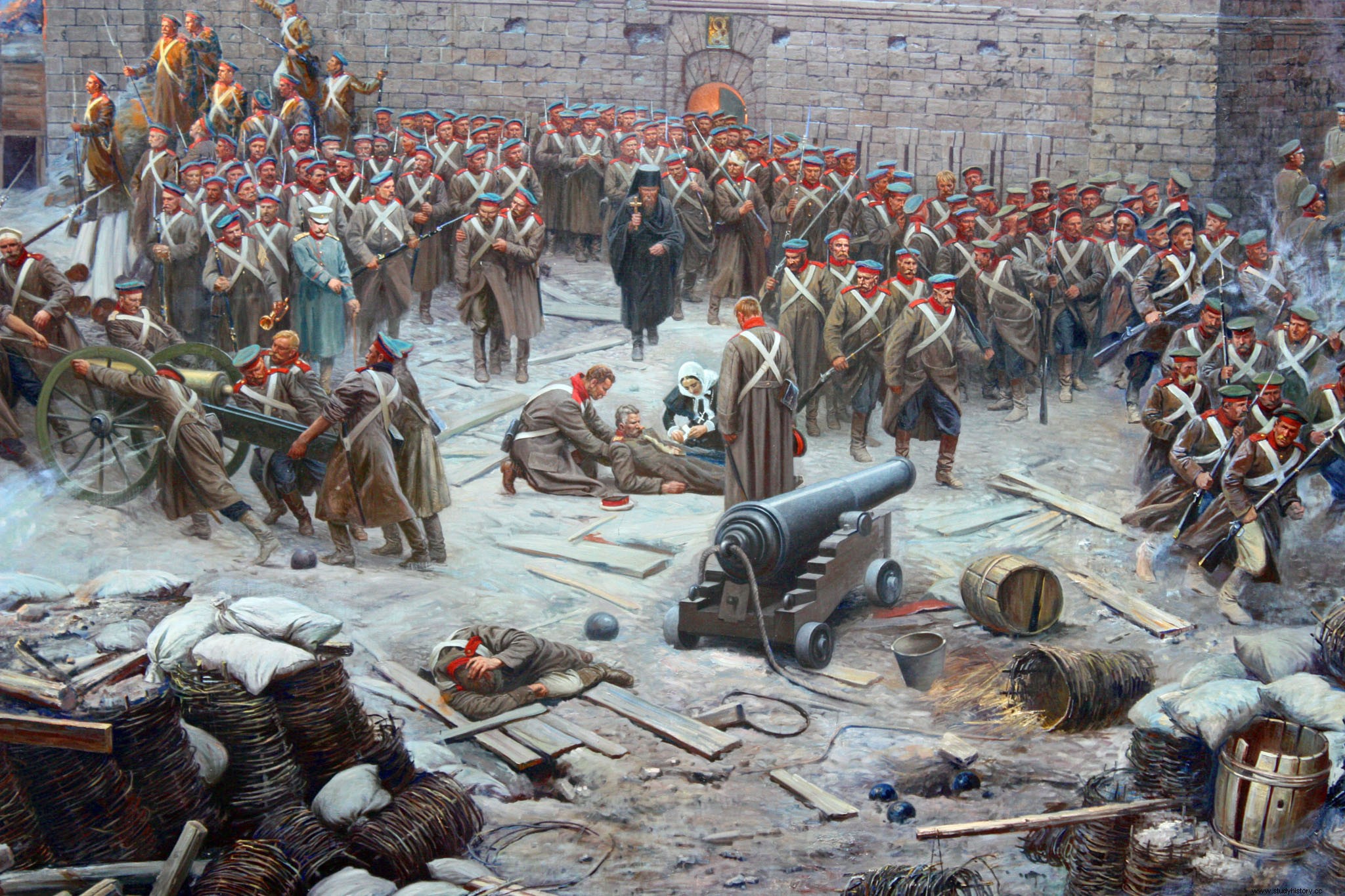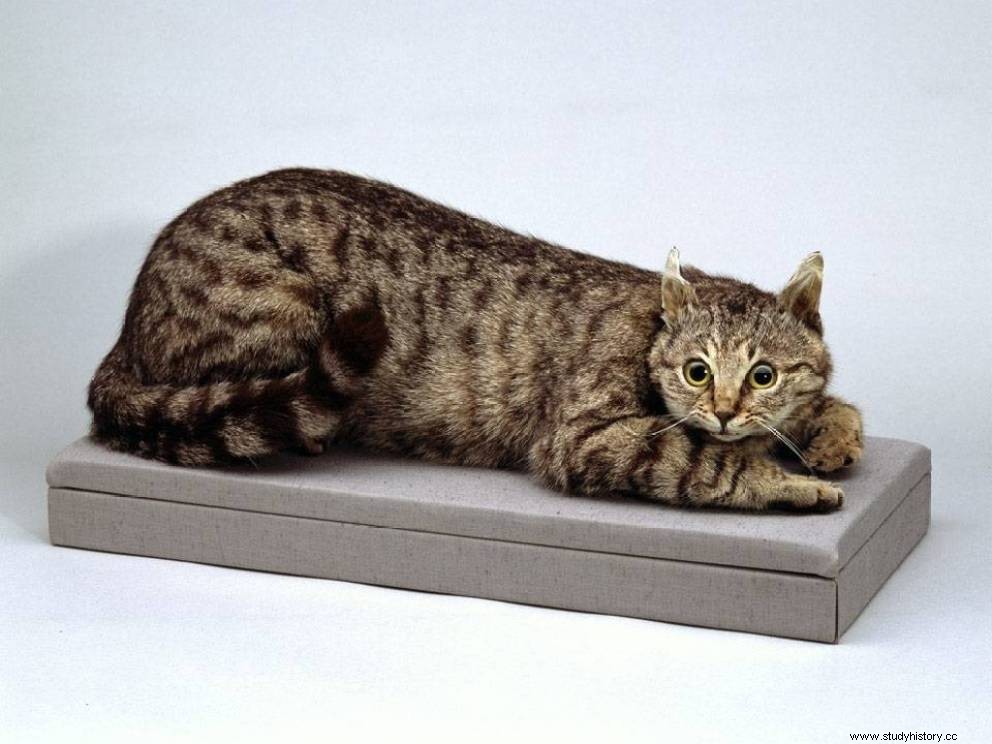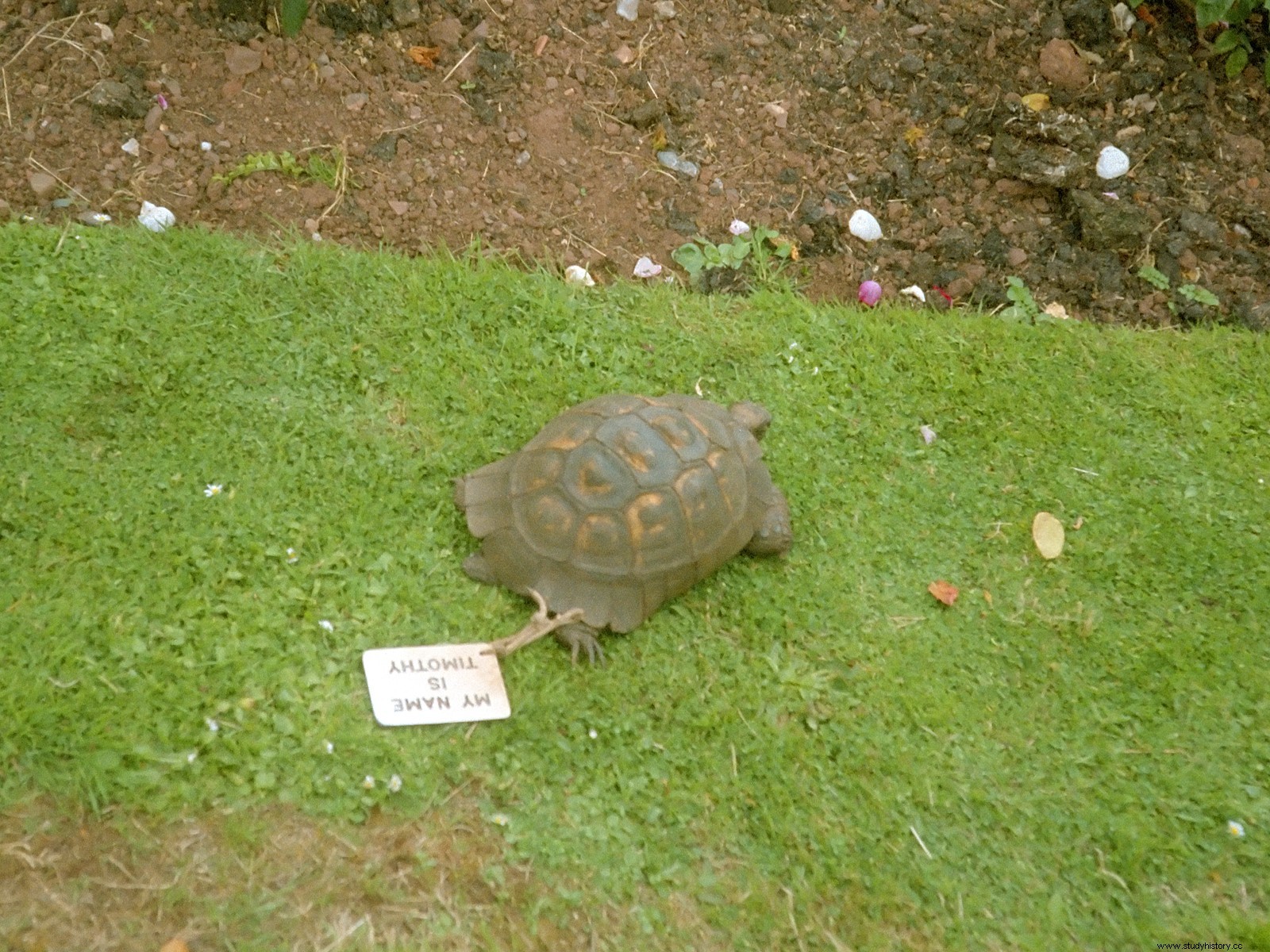The Crimean War (1853-1856) pitted the tsarist Russia of Nicholas I against the Ottoman Empire of Sultan Abdul-Mejid I supported by France and the British Empire. The expansionist pretensions of Russia towards the East, camouflaged in questions of a religious nature, triggered a bloody war that many of you will remember from the movie The charge of the light brigade (1936). Due to the very nature and species of the two protagonists of this story, a cat and a turtle, one did it actively and the other... was there.

In 1854 a contingent of British, French, and Ottoman troops besieged the city of Sevastopol, where the Russians had established a stronghold. Knowing they were inferior to the British fleet, the Russians closed the entrance to the port, sinking several of their ships and dismantling all the naval artillery to place it on top of the city walls. The Russians knew that if Sevastopol fell, the war, as it did, would be lost. The allies besieged the city, prevented the besieged from receiving supplies or reinforcements of any kind, and began an intense bombardment to surrender Sevastopol. After a year of siege, the Russians surrendered.

Although the Russians abandoned the city, the alliance troops searched house by house looking for enemies… and for food, since their provisions were also scarce. Ordered to find food, British Captain William Gair , commanding the 6th Dragoon Guards Regiment , was walking through the city when, entering a dilapidated building, they found a tabby cat on a pile of rubble, like the Lion King. They approached the cat and it was very affectionate, so they decided to take it as a pet. They returned to camp with the cat, which they named Tom , but… without food. As Gair thought about what to do about the food problem, he realized that the cat was very chubby to have endured a year-long siege. He thought that it would have been easy for him to survive with the many rats there were, but also that the rats would have been the first to make a good account of the barns or places where there was food. So, one day they decided to follow Tom when he left the camp to hunt. He returned to the same building where they had found him and went through a small hole that seemed to lead to a basement. Gair ordered the rubble to be removed and they managed to open a larger hole through which they managed to enter. It was a food store. Although it had been unusable or gnawed by rats, much of it could still be used. In later days, and thanks to Tom, they managed to find many other supply depots that provided a lifeline for the hungry troops.
Finally, when they got back home, they decided that Tom should go with them. He had earned it. Although they had to hide him, they managed to take him to England where he lived in the house of Captain William Gair. Today you can see his dissected body in the National Army Museum in London.

Our next protagonist was called Timothy . After spending his first days at sea on a Portuguese ship, he "enlisted" on a ship of the British Royal Navy under the command of Captain John Everard Courtenay in 1854. He passed through several Royal Navy ships and participated in the Crimean War aboard the HMS Queen at the Sevastopol site. In 1892, after nearly 40 years serving in the British Navy, he was discharged and taken in by the Courtenay family, Earls of Devon. He wasn't much of a talker and much less of telling war stories. So, his life was peaceful and pleasant at Powderham Castle, the residence of the Earl of Devon, until he passed away in 2004. Logically, when he died at the age of 160, he was the last survivor of the Crimean War. Timothy, despite his name, was a female… Mediterranean tortoise.

When he had been living peacefully in the castle garden for several years, they decided that he should mate… surprise! She was female. But after calling her Timothy for so long, they preferred not to change her name and hung a badge with « My name is Timothy «. She is buried in her family cemetery.
